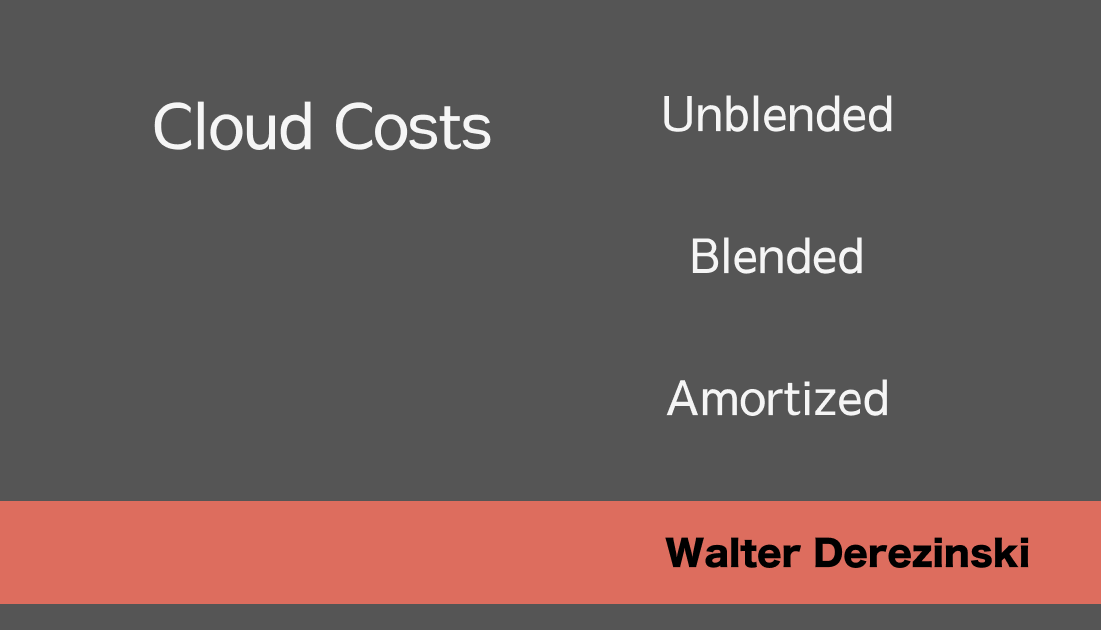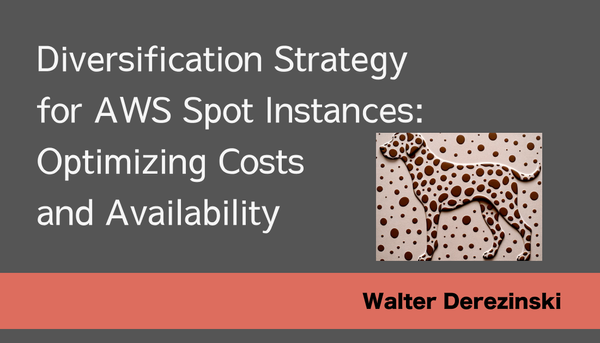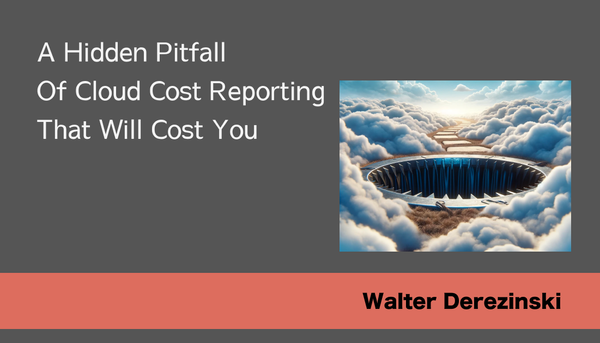Three ways to view Cloud Costs

We can analyze cloud costs in three distinct ways: Unblended, Blended, and Amortized. Understanding each is crucial for effective cloud cost management.
Unblended Costs: This method shows the usage cost precisely as it is charged on the day of use. It's the most straightforward approach and is widely used for its simplicity and directly reflecting daily expenses. It's beneficial for organizations looking for detailed, day-to-day cost tracking and those who prefer a granular view of their cloud spending.
Blended Costs: Blended cost analysis uses an average price for each service, smoothing out the price differences between different reservation types or usage segments. This method is beneficial for organizations with a mix of on-demand and reserved instances that want to understand the overall cost efficiency of their cloud environment. It's ideal for higher-level or executive summaries where detailed granularity is less necessary.
Amortized Costs: This approach spreads recurring costs (such as reservations, savings plans, and any upfront costs) evenly across the months. Amortized costs are particularly useful for long-term financial planning and budgeting. They provide a clearer picture of the monthly expenses associated with reserved instances, making it easier to create consistent financial reports and charts. You also want to use amortized costs when mapping to business value, such as cost per subscriber.
Each of these methods offers unique insights and is beneficial depending on the specific needs of your organization and the context in which you are analyzing your cloud costs.




